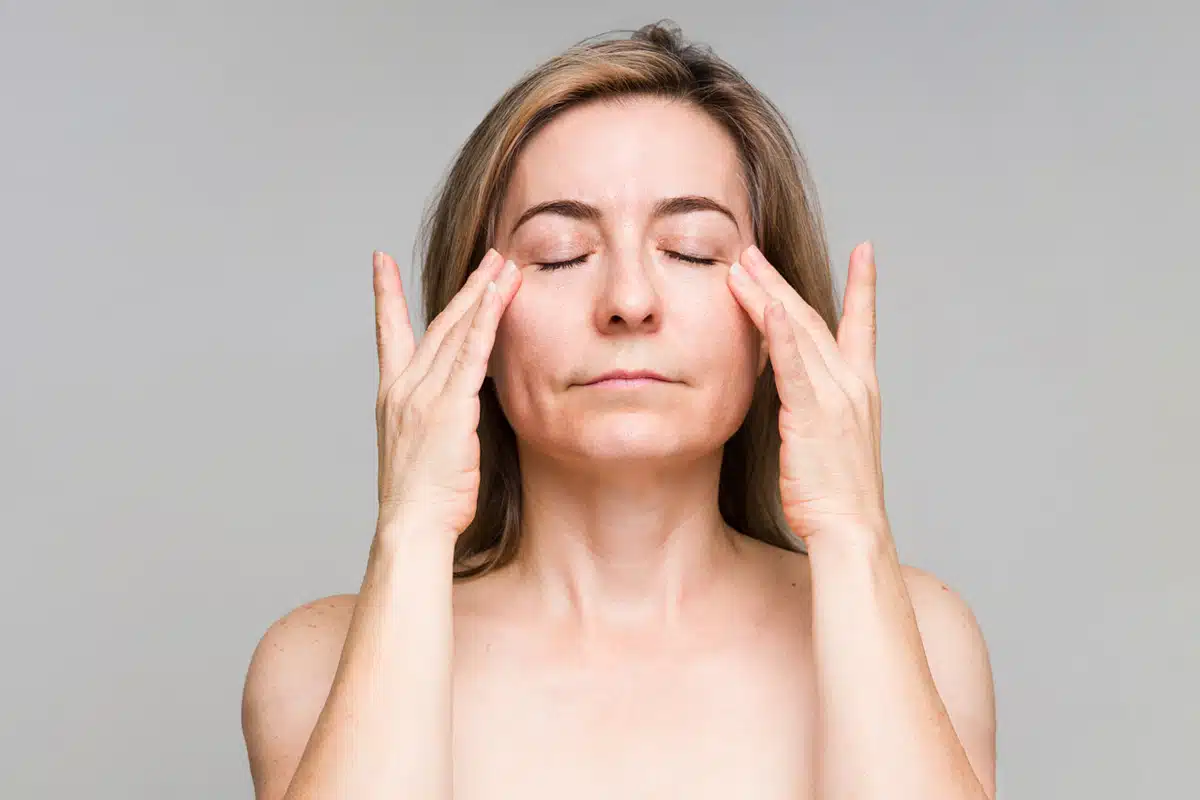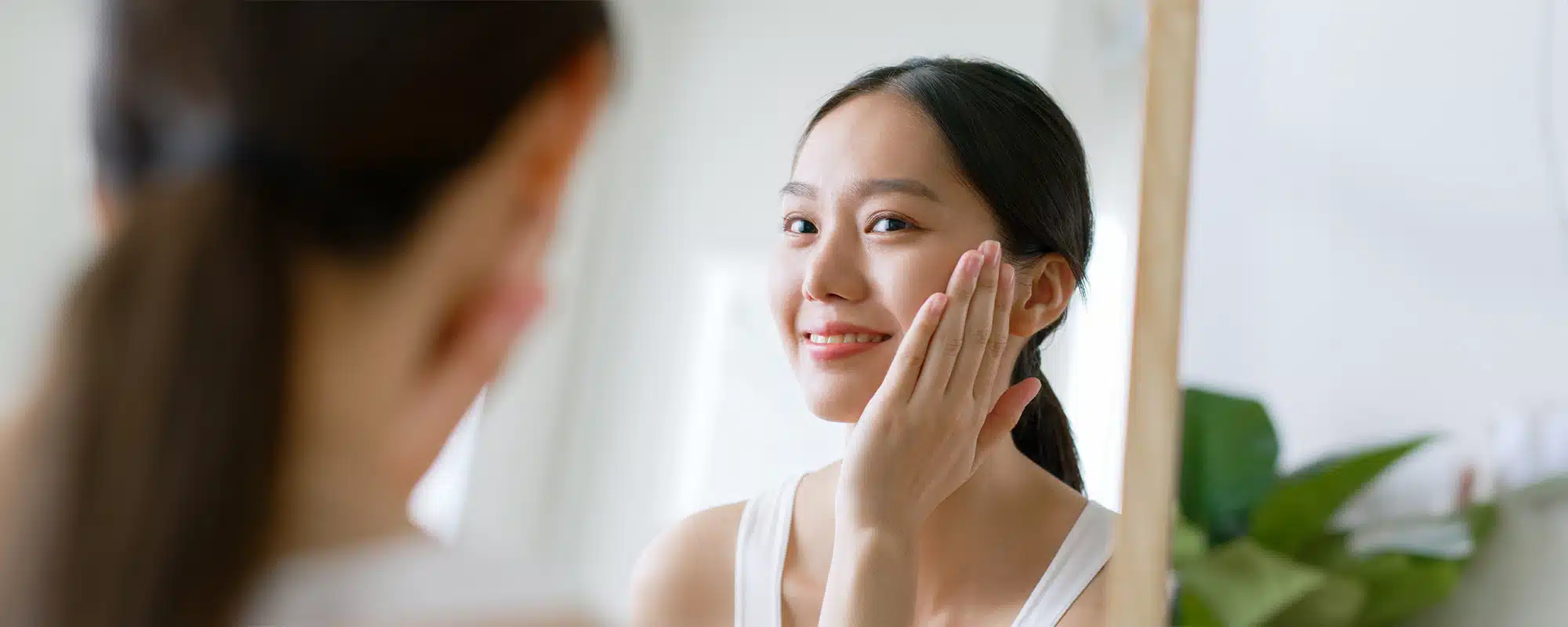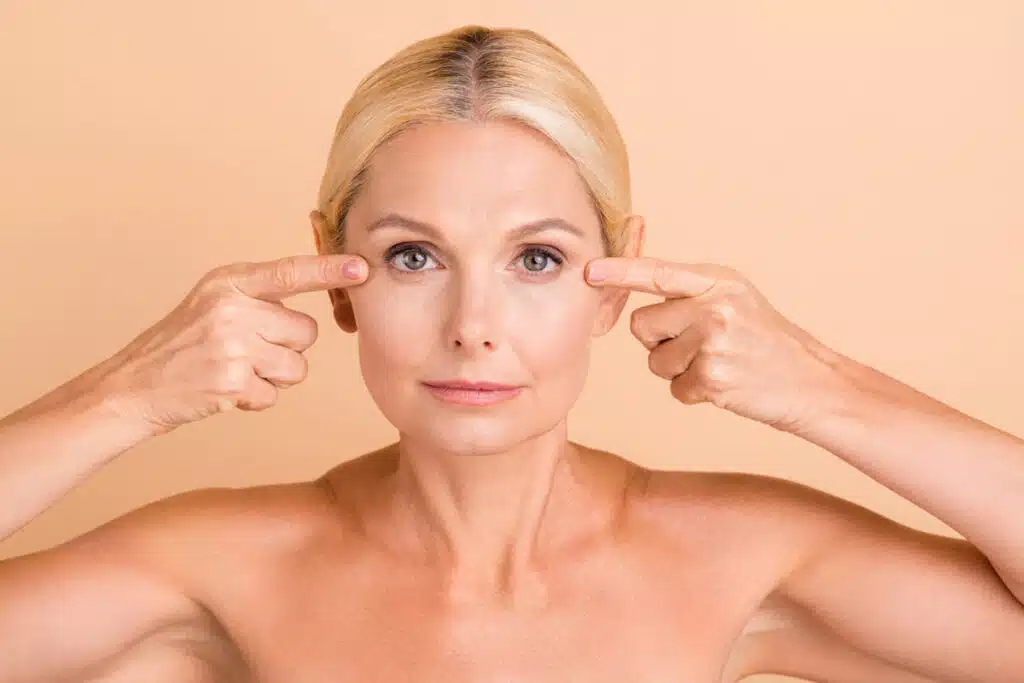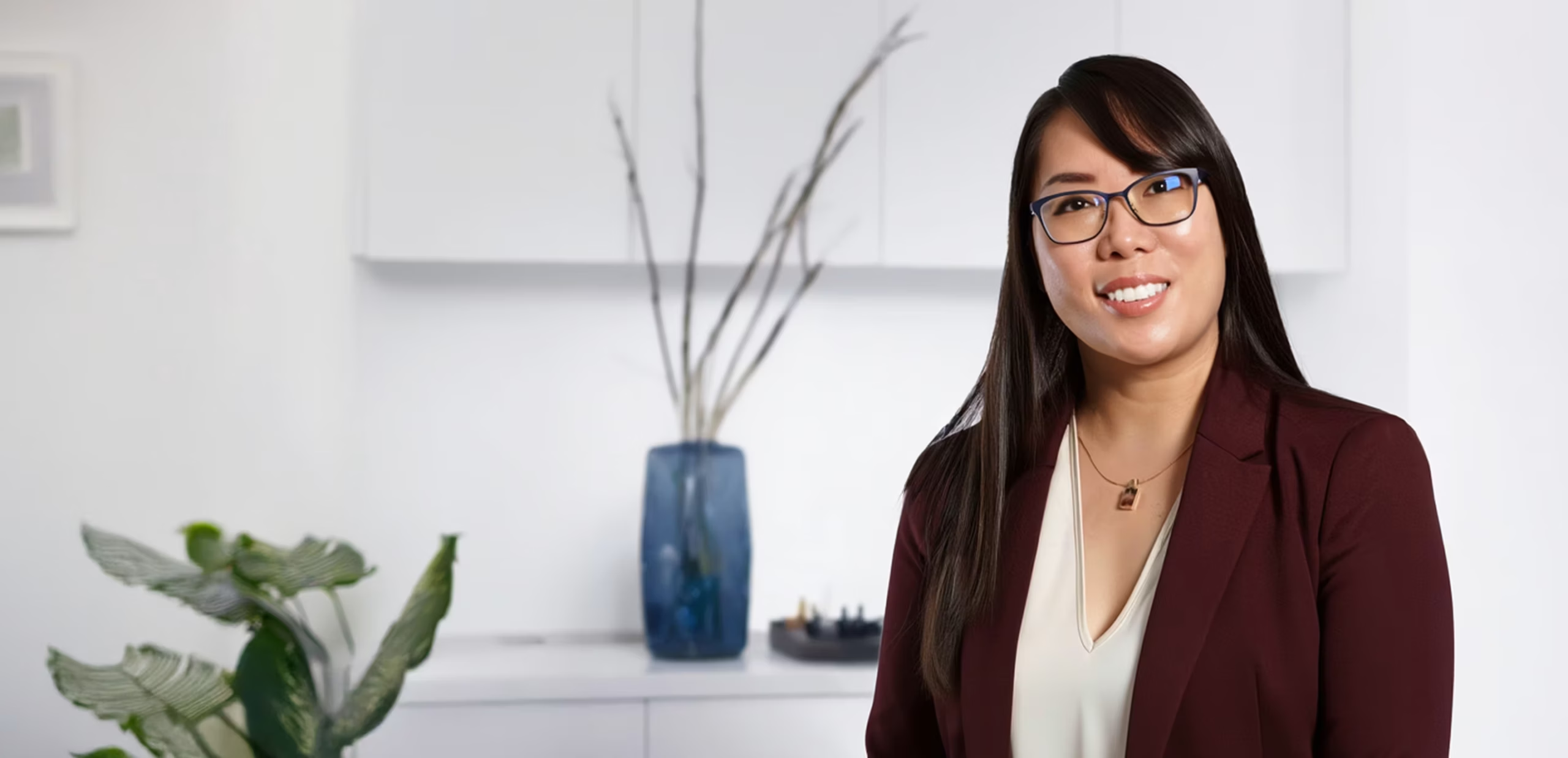Have you recently undergone eyelid surgery and are wondering how to optimize your recovery? Blepharoplasty, or eyelid lift surgery, is one of the most popular facial cosmetic procedures—but few patients are told how much proper aftercare, including massage, can impact the healing process.
When done correctly and at the right time, massaging your eyelids after surgery can help reduce swelling, minimize scarring, and improve overall comfort. Keep reading to learn how and why gentle eyelid massage plays an important role in recovery and how to do it safely.

Should I Massage My Eyelids After Blepharoplasty?
Yes, gentle massage can be an important part of the recovery process after blepharoplasty—but only when started at the appropriate time and with the right technique. Typically recommended after the initial healing phase (around 2–3 weeks post-op), eyelid massage can help improve circulation, reduce residual swelling, and promote a smoother, more even healing of the tissue.
What Are the Benefits of Massage After Blepharoplasty?
Understanding the specific benefits of eyelid massage can help patients follow their post-operative care instructions more confidently and with better outcomes. Below are the key reasons why massage may be recommended after eyelid surgery.
Helps Control Swelling and Bruising
One of the most noticeable side effects after blepharoplasty is swelling and bruising, which can persist for days or even weeks. Gentle massage, when approved by your surgeon, can help move excess fluids away from the surgical site and promote lymphatic drainage. This encourages faster resolution of puffiness and discoloration, helping the eyes look more natural and refreshed sooner.
Reduces Pain in the Incision Site
Post-operative discomfort is common following blepharoplasty, especially around the incision areas. Light fingertip massage, once the site has sufficiently healed, may help soothe tension and decrease localized pain. The gentle pressure can relax tight tissue and promote endorphin release, creating a mild analgesic effect that supports overall comfort during recovery.
Potentially Helps Smooth Out Scars
Massaging the eyelid area after surgery may also support better scar remodeling over time. Gentle pressure applied consistently, once cleared by your surgeon, can encourage collagen reorganization, which helps soften and flatten incision lines. While not a guaranteed solution, this technique may minimize the visibility of post-surgical scars and contribute to smoother skin texture.
Improves Circulation Around the Eyes
Gentle massage of the eyelids can stimulate blood flow in the surrounding tissues, which is beneficial for healing. Enhanced circulation helps bring oxygen and nutrients to the area, supporting cellular repair and regeneration. This can lead to a more vibrant, healthier appearance around the eyes and may accelerate the body’s natural recovery processes.
How to Massage Eyelids After Blepharoplasty?
Massaging your eyelids the right way after surgery can help reduce swelling, improve healing, and soften scar tissue. But it’s important to do it gently—and only at the right time. Techniques will differ slightly depending on whether you had upper or lower eyelid surgery. Here’s a simple breakdown:
How to Massage the Lower Eyelid
- Always follow your doctor’s advice: If something feels off, stop and check in.
- Start clean: Wash your hands and gently cleanse your face.
- Use light pressure: With your index finger or thumb, make small, soft circular motions under the eye—starting near the incision area.
- Go slow: Begin with short sessions (once daily) in the first week. If it feels too tender, switch to every other day.
- Build up gradually: By week 5, you may increase to 10–15 minutes per session, up to 5 times daily—but only if cleared by your surgeon.
How to Massage the Upper Eyelid
- Increase slowly: As healing improves, you can do this 2–3 times a day, with your doctor’s okay.
- Wash your hands and face first.
- Close your eyes gently and use your ring fingers to make light circles just above your eyelid crease.
- Move outward from the inner corner to the outer edge, following the brow bone—but avoid pressing directly on the incision.
- Start small: One to two minutes, once a day during early recovery.
Tips for a Smooth Healing After Eyelid Lift Surgery
Recovering from eyelid surgery is a delicate process, and your actions during the healing phase can significantly affect your results. Following a few smart guidelines can help reduce complications and lead to a smoother, faster recovery. Here are some proven tips to keep in mind after your blepharoplasty:
- Follow Your Surgeon’s Instructions Closely: Your post-op care routine is tailored specifically to your surgery and anatomy. Adhering to these instructions will give you the best chance at optimal healing.
- Keep the Area Clean and Moisturized: Use only the products recommended by your surgeon to clean and hydrate the eyelids. This prevents infection and promotes faster tissue repair.
- Apply Cold Compresses Early On: During the first 48 hours, cold compresses can significantly reduce swelling and discomfort. Be sure to use them as directed without placing pressure on the incision site.
- Get Plenty of Rest With Head Elevated: Keeping your head elevated while sleeping helps minimize fluid accumulation and swelling. Use extra pillows or a wedge pillow for support.
- Eat a Nutrient-Rich Diet: Focus on foods high in vitamins A and C, protein, and zinc to support tissue repair and immune health throughout recovery.
- Attend All Follow-Up Appointments: These check-ins allow your surgeon to monitor your healing and make any needed adjustments to your care plan.
What to Avoid During Blepharoplasty Recovery
Just as knowing what to do can help speed up recovery, knowing what to avoid is equally important. Certain actions and habits can hinder healing, increase your risk of complications, or affect the final results of your eyelid surgery. Here are some common mistakes to steer clear of during your recovery:
- Avoid Rubbing or Touching the Area: Even gentle contact can disrupt healing tissue, introduce bacteria, or stress the incision site. Keep your hands away unless you’re cleaning or massaging as directed.
- Don’t Resume Strenuous Activities Too Soon: Activities like heavy lifting, bending, or exercise can increase blood pressure in the face and worsen swelling. Wait until your surgeon gives the green light.
- Skip Smoking and Alcohol Consumption: Both can interfere with circulation and impair the body’s ability to heal. Avoid these entirely in the weeks following your procedure.
- Stay Away from Harsh Products and Makeup: Until your surgeon says it’s safe, don’t apply skincare products or makeup near the treated area. These can irritate the skin or lead to infection.
- Don’t Ignore Signs of Complications: If you notice unusual swelling, redness, discharge, or pain, contact your surgeon right away. Prompt attention can prevent minor issues from becoming serious.
- Avoid Skipping Follow-Up Visits: These appointments are essential for tracking your progress and catching any early concerns. Skipping them may delay or compromise your results.
patient results
* All patients are unique and individual results may vary.
Choosing the Best Surgeon for Your Eyelid Surgery
Choosing the right surgeon is crucial when it comes to procedures as delicate as blepharoplasty. The eyelids are an intricate part of the face, and improper technique can lead to complications that affect both function and appearance. An experienced, board-certified facial plastic surgeon will know how to ensure not only excellent aesthetic outcomes but also optimal healing conditions post-surgery.
Dr. Joanna Kam is a double-board-certified specialist in facial plastic surgery and otolaryngology–head and neck surgery. With a reputation for excellence in facial rejuvenation and reconstructive procedures, Dr. Kam offers an unmatched level of precision and artistry in eyelid surgery. Call us today at 856-565-2903 or visit our contact page to schedule your consultation.




